Lighting up the brain
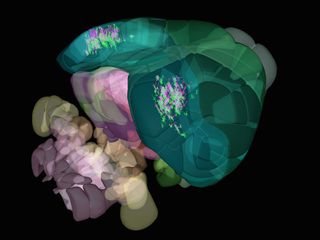
So far, 295 individual neurons have been reconstructed and mapped into this framework.
Mapping the neurons
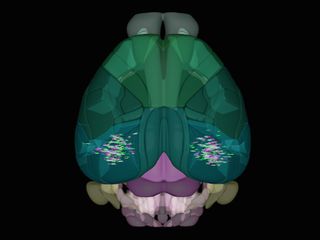
Here, the images shows the individual neuronal connections as mapped into the CCF.
A common framework
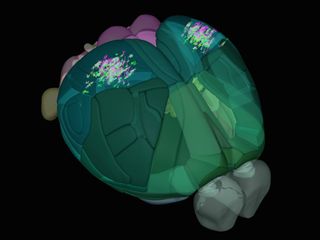
The process will continue for the remaining neurons in the brain. Scientists estimate there are about 14 million neurons in the mouse cortex and about 70 million in the entire mouse brain. Here, the ones mapped so far so up like specks on the brain.
Another view
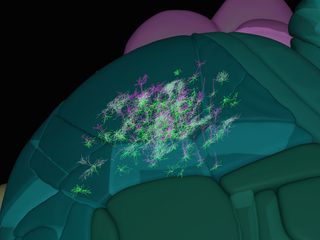
A close-up view of individually mapped and digitally reconstructed neurons that have been incorporated into the Mouse Common Coordinate Framework
Brain cells light up
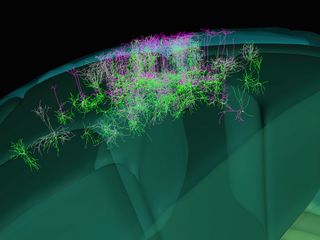
Additional images of the CCF, with individually-mapped neurons overlaid atop anatomical regions of the brain.
Top view
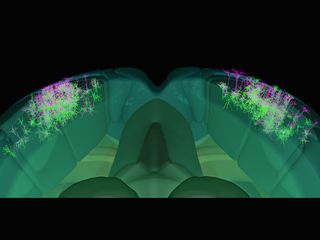
The process requires painstaking effort to map the stunningly intricate detail in the mouse brain. However, the current progress is just a small step on the road toward mapping a human brain.
Neuronal connections
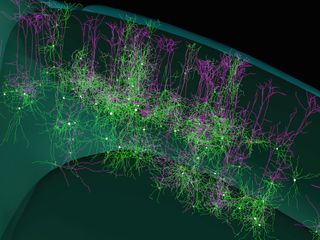
Here, another view of the mouse brain as depicted in the Mouse Common Coordinate Framework, which can be freely accessed by researchers at brain-map.org
Sign up for the Live Science daily newsletter now
Get the world’s most fascinating discoveries delivered straight to your inbox.

Tia is the managing editor and was previously a senior writer for Live Science. Her work has appeared in Scientific American, Wired.com and other outlets. She holds a master's degree in bioengineering from the University of Washington, a graduate certificate in science writing from UC Santa Cruz and a bachelor's degree in mechanical engineering from the University of Texas at Austin. Tia was part of a team at the Milwaukee Journal Sentinel that published the Empty Cradles series on preterm births, which won multiple awards, including the 2012 Casey Medal for Meritorious Journalism.











